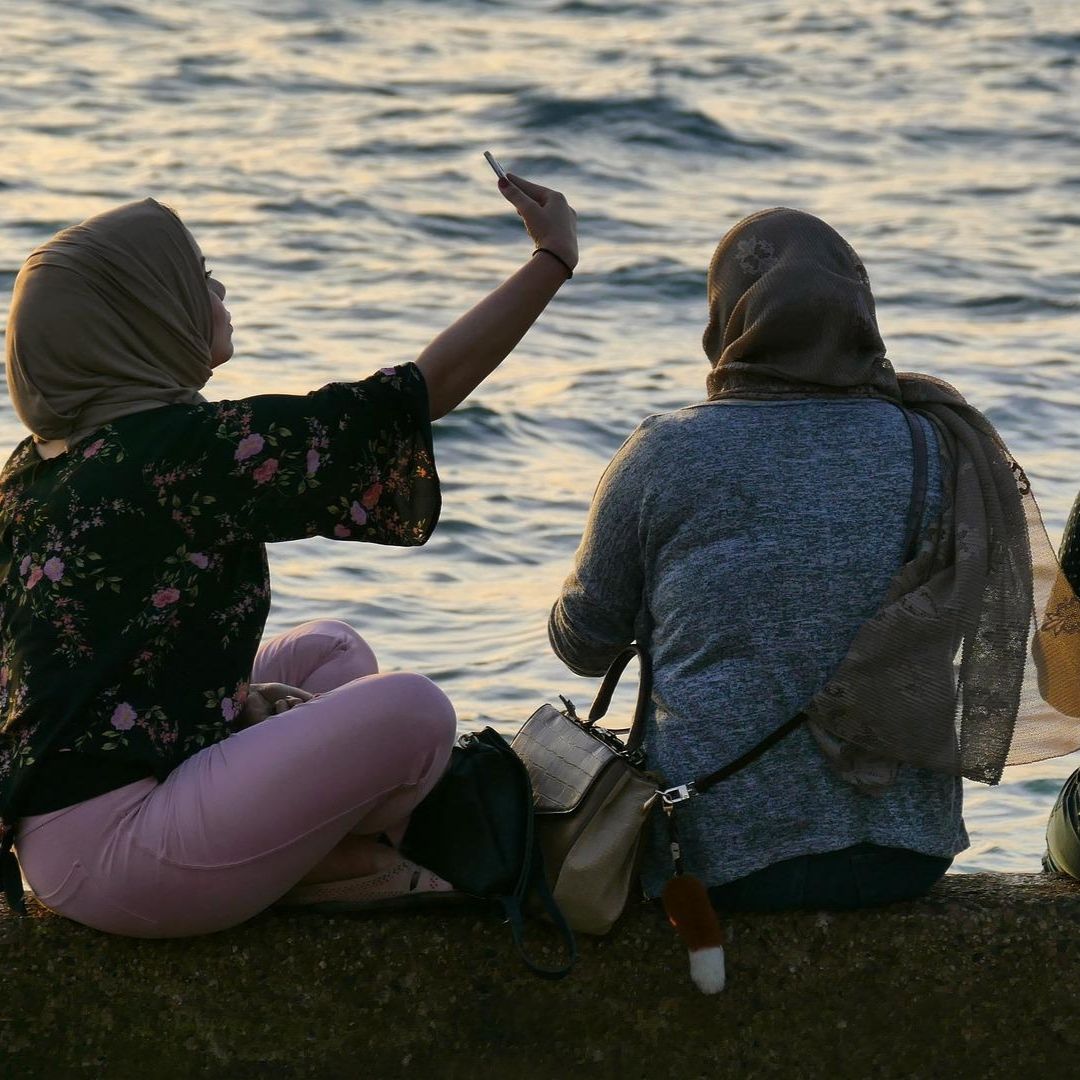
Image Credit: Pixabay
By Chance Or Choice: Dip In Muslim Women Fertility As Enrollment In Education Moves Upward
Writer: Ratika Rana
Her primary objective is to inform, promote, educate and cultivate readers through writing.
India, 10 May 2022 11:38 AM GMT
Editor : Ankita Singh |
A literature lover who likes delving deeper into a wide range of societal issues and expresses her opinions about the same. Keeps looking for best-read recommendations while enjoying her coffee and tea.
Creatives : Ratika Rana
Her primary objective is to inform, promote, educate and cultivate readers through writing.
All India Survey on Higher Education 2018 showed that there was a rise of 24 per cent in female enrolment from 2013 to 2014 and the rise in enrolment of Muslim women was 47 per cent, almost double the national average.
India's religious composition has not changed drastically since the census of 1951; however, the population has remained a much talked about issue. Muslims form the largest minority community in India, and rumours were rife in the past decade about how they would take over the majority communities in the times to come. However, the data released by the National Family Health Survey (NFHS-5) reveals the opposite. The fertility rate amongst Muslim women has witnessed a sharp decline. The Total Fertility Rate (TFR) among Muslim women stood at 4.4 in 1992 and 2.6 in 2015 and further declined to 2.3 between 2019 to 2021.
TFR Among Hindu Women
On the other hand, TFR among Hindu women declined from 3.3 to 2.1 from 1992 to 2015, indicating that "the gaps in childbearing between India's religious groups are much smaller than they used to be.", The Hindu reported. Several politicians and religious groups took up the data as a threat to their religion and urged Hindu women to give birth to four children to remain a majority. India's average fertility rate stands at 2.2, much ahead of the United States and the United Kingdom, which stand at 1.70 and 1.65.
Replacement Rate And Increase In Enrollment
Replacement rate forms a crucial factor of population growth. The replacement rate, at 2.1, ensures no overall increase or decrease in the population when a woman and her partner die. From 1951 to 2015, the Hindu population increased from 30.5 crores to 96.6 crores, whereas the Muslim population increased from 3.5 crores to 17.5 crores. Currently, India stands just 0.1 points ahead of the ideal replacement rate of 2.1, and a decline in Muslim women's fertility indicates that they are better at family planning than the rest.
All India Survey on Higher Education 2018 showed a rise of 24 percent in female enrolment from 2013 to 2014. The increase in enrolment of Muslim women was 47 per cent, almost double the national average. Therefore, not including the religious and political propaganda only further infests the country with a divide.
Also Read: Sri Lanka Crisis: Enraged Protesters Set Rajapaksa Family's Ancestral Home On Fire; 5 Dead So Far
 All section
All section














